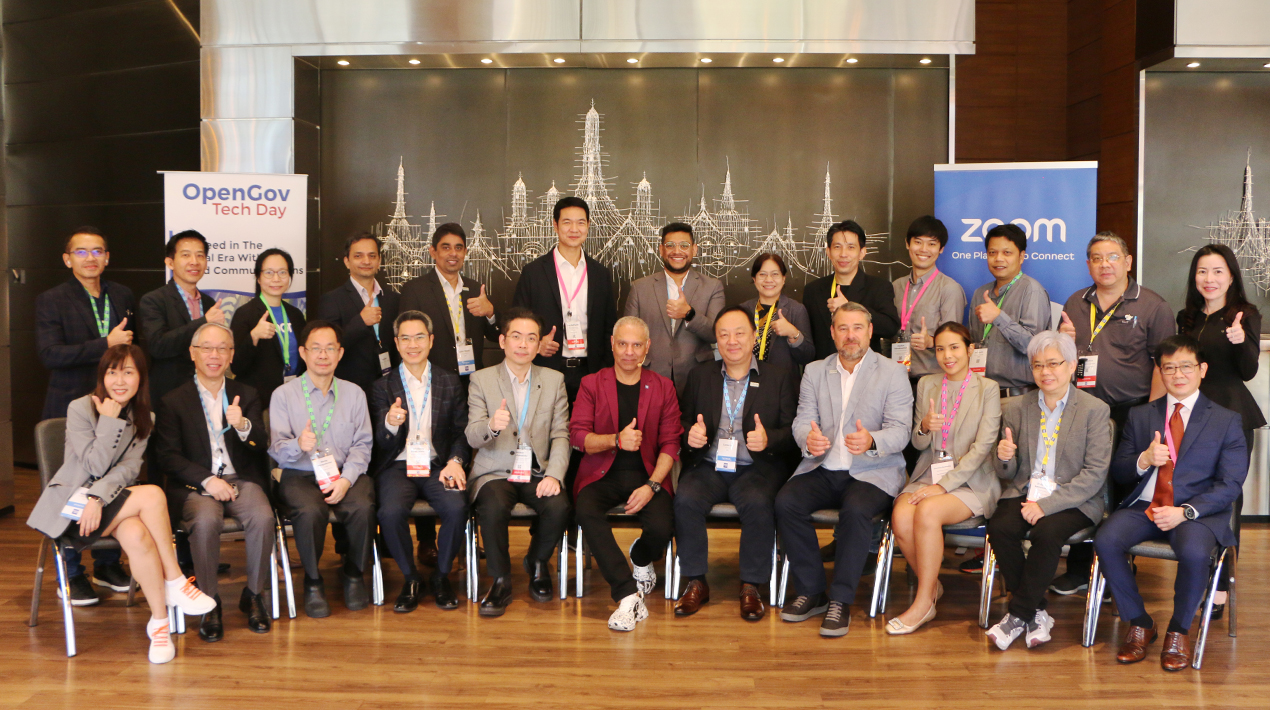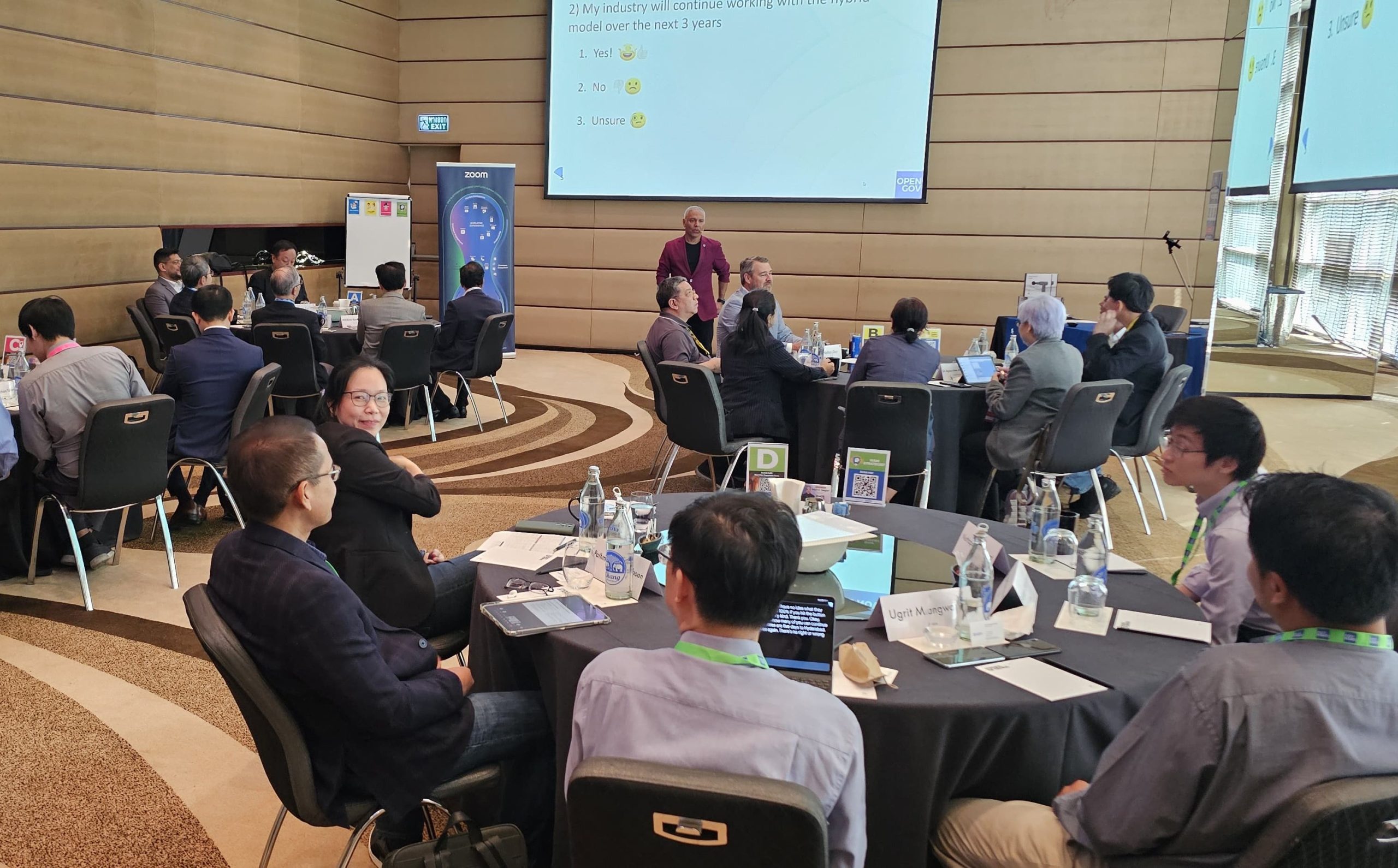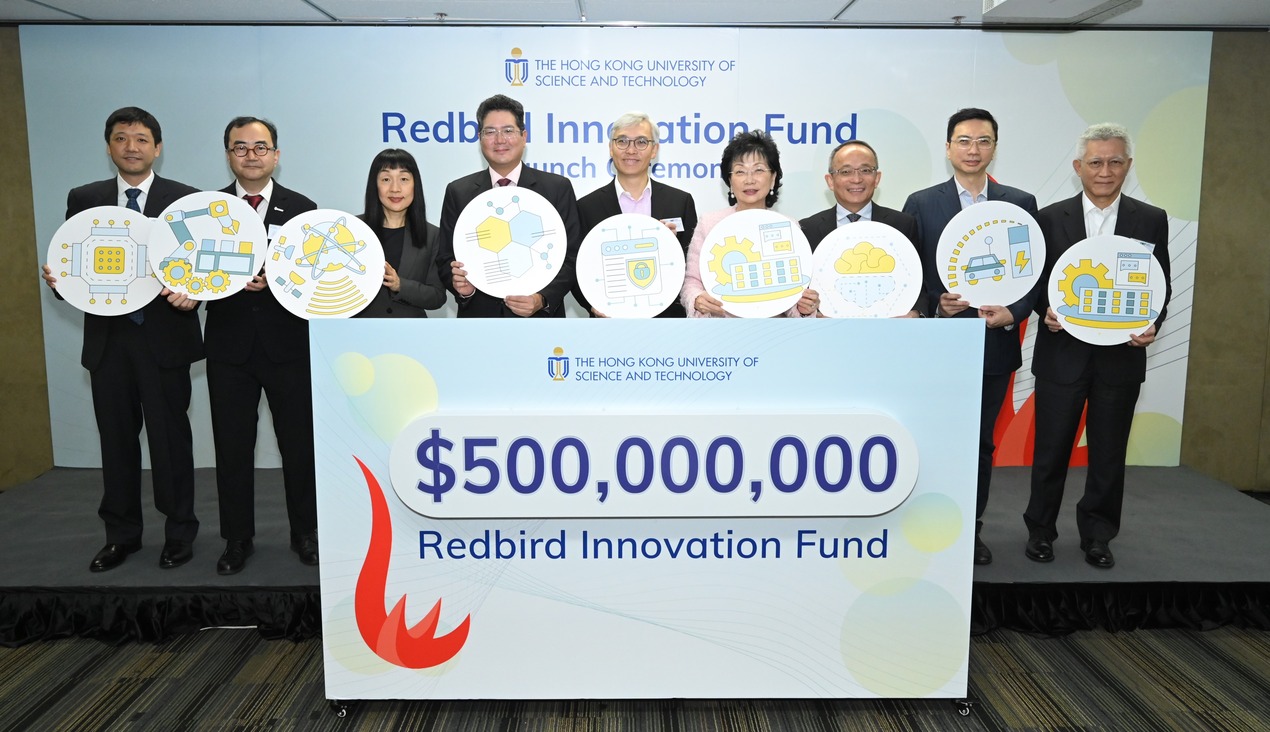
|
Getting your Trinity Audio player ready...
|
In the age of digital transformation, effective communication stands out as a strategic investment crucial for organisational growth. Unified Communications as a Service (UCaaS) emerges as a cutting-edge concept in the realm of information and communications technology, offering integrated communication services through a cloud-based model.
This approach enables organisations to consolidate various communication tools such as voice, video, chat, web conferencing, and collaboration into a centralised platform, fostering seamless communication in the digital era.
The cloud-based nature of UCaaS provides organisations with flexibility, allowing teams to communicate and collaborate without geographical constraints or hardware limitations. By unifying communication tools, UCaaS simplifies infrastructure management and reduces IT burdens, empowering organisations to concentrate on their core activities.
One of the key advantages of UCaaS is its potential to enhance productivity by providing an integrated and user-friendly work environment. Features such as video conferencing, screen sharing, and live chat facilitate efficient communication among teams, regardless of their locations.
A robust UCaaS infrastructure should encompass voice calls, video conferencing, live chat, and cloud-based collaboration, ensuring that organisations can easily access and utilise various communication features. Integration with other business applications, such as email, calendar, and task management, further contributes to establishing a comprehensive communications ecosystem.
The successful implementation of UCaaS relies not only on selecting the right infrastructure but also on effective planning and adoption strategies. Organisations must carefully assess their communication needs and choose a UCaaS service provider capable of meeting those requirements. Involving end users in the implementation and training process is crucial for ensuring the optimal adoption of the UCaaS platform.
In response to the rise of remote work and increased team mobility, having a communication solution accessible from anywhere, at any time, and through various devices becomes paramount. UCaaS not only facilitates enhanced team collaboration but also boosts overall flexibility and productivity.
However, the adoption of UCaaS comes with considerations, particularly in terms of data security and privacy. Storing and accessing communication data via the cloud necessitates a robust focus on information security. Hence, selecting a UCaaS provider with a robust security policy and compliance with industry standards becomes critical for safeguarding sensitive information.
With the right UCaaS infrastructure and a well-planned implementation approach, organisations can optimise both internal and external communications. This not only cultivates a more connected and collaborative work environment but also provides a competitive advantage in navigating the ever-evolving landscape of business challenges.
The OpenGov Tech Day on 23 November 2023, at W Bangkok, Thailand served as an invaluable forum for in-depth discussions on accelerating communications in the digital transformation era. By bringing together organisational leaders from diverse sectors with UCaaS experts, this event aims to shed light on the transformative potential of UCaaS in fostering efficient and future-ready communication strategies.
Opening Remarks

Mohit Sagar, CEO and Editor-in-Chief of OpenGov Asia acknowledges that cutting-edge technology has accelerated a radical shift in the dynamics of the global workplace. The search for collaborative work environments has turned into a strategic imperative for organisations looking to stay ahead in a highly competitive landscape in this era of rapid digitalisation.
At the core of this transformative journey lies Unified Communications as a Service (UCaaS), marking not just the convergence of communication tools but a paradigm shift in the way individuals connect, collaborate, and innovate.
“The very nature of work has evolved – boundaries between physical and virtual spaces blur, diverse teams span the globe, and the speed of decision-making becomes a competitive advantage,” explains Mohit. “The role of unified communications takes centre stage as an enabler, transcending traditional communication barriers to foster a culture of collaboration that knows no bounds.”
UCaaS transcends the subtle technical nuances of unified messaging, video conferencing, and integrated collaboration platforms; it embodies a profound importance in the modern business landscape. Beyond being a merging of communication tools, UCaaS represents a strategic imperative for businesses, offering unparalleled flexibility to adapt to evolving work scenarios. It ensures a seamless experience that extends beyond geographical boundaries, facilitating unhindered communication and collaboration.
Mohit reiterates that more than just a technical solution, UCaaS creates an environment conducive to creativity and innovation. It acts as a catalyst for businesses to navigate the challenges posed by dynamic work situations, providing a framework for smooth and effective communication.
UCaaS emerges as a linchpin, fostering an atmosphere that encourages not just communication but the cultivation of ideas. It stands as a transformative force, empowering businesses to thrive in a landscape defined by change, ensuring they remain agile, connected, and primed for innovation. By enabling businesses to seamlessly navigate changing work dynamics, UCaaS becomes a strategic ally in ensuring operational continuity and workforce collaboration.
The flexibility inherent in UCaaS allows organisations to transcend traditional communication barriers, creating an interconnected workspace where geographical distances are no longer impediments. This not only streamlines workflows but also nurtures a collaborative ethos that is essential for sustained success.
Mohit believes that the collaborative potential embedded in UCaaS becomes a driving force, propelling organisations toward a future where adaptability, connectivity, and creativity converge seamlessly.
“As we navigate the intricacies of the digital age, the importance of UCaaS becomes increasingly evident,” Mohit concludes. “It not only transforms the way we communicate but becomes an integral component of a thriving, forward-thinking organisational culture – one that embraces change, encourages collaboration, and sets the stage for continuous innovation.”
Technology Insights

Nathan Guy, Head of UCaaS, Asia Pacific at Zoom, acknowledges the ongoing challenges confronted by support leaders in diverse companies, ranging from SMBs to larger enterprises. These challenges revolve around the imperative to achieve more with limited resources and meet the growing demand for responsive and proactive customer service.
To overcome these hurdles, according to Nathan, support leaders strategically leverage a combination of technology and automation while maintaining agility to adapt to evolving business landscapes. Effectively scaling teams necessitates the integration of innovative tools and technologies that deliver enhanced outcomes without incurring exorbitant costs.
“The goal is to improve support operations, increase productivity, and maintain a high level of customer service, particularly during peak periods such as Black Friday or the holiday season,” Nathan asserts.
In the area of customer service, seamless support across multiple channels, such as phone, video, and webchat, is deemed paramount. Nathan emphasises the critical role of technology in enhancing user and customer experiences, citing a Gartner survey that highlights the potential risk for businesses if customers experience dissatisfaction.
Nathan elaborates on Zoom’s AI innovation that focuses on empowering individuals and teams responsibly with a federated approach. The Customer Experience portfolio, including Zoom Contact Centre, Zoom Virtual Agent, and the new Workforce Engagement Management (WEM) offering, accommodates the changing dynamics of the future workplace.
Amid economic uncertainty and budget reductions, Nathan stresses the importance of establishing a robust technology foundation for stability and growth. Key elements include a cloud and mobile-first approach, prioritising employee engagement, fostering flexibility, enabling real-time collaboration, and promoting emotional well-being.
Zoom’s commitment to a solid technology infrastructure is evident in its communication and collaboration solutions tailored to diverse needs. The integration of AI further enhances the collaboration experience across Zoom’s solutions, aligning with their ultimate focus on serving customers and employees to thrive in the new era of work.
Recognising the critical role of customer-facing teams, Nathan advocates for empowering these teams as subject matter experts to deliver personalised and delightful experiences. This approach aligns with Zoom’s overarching mission to facilitate success in the evolving landscape of work.
“Customer-facing teams need to address various challenges to provide an exceptional customer experience. By empowering these teams to become subject matter experts, businesses can deliver personalised experiences that delight customers,” Nathan explains.

Jayraj Nair, Customer Experience Lead-ASEAN at Zoom, speaks to the primary objective of merging all product innovations into a unified solution. This holistic solution aims to empower knowledge workers and teams, fostering seamless collaboration internally and with external customers, ultimately propelling business growth.
The spectrum of employee collaboration activities spans calendar management, chat, email management, meeting collaboration, casual huddles, and task conclusion with phone calls. In contrast, customer collaboration encapsulates marketing events, webinars, sales processes, and delivering a unified customer experience, all within a singular interface.
Jayraj shares that the adverse impact of subpar customer experiences on businesses is substantial, particularly in today’s landscape where meeting customer needs demands personalised and insightful interactions despite limited resources. Studies underscore these challenges and highlight the escalating expectations of consumers.
A global Metrigy survey identifies “customer satisfaction” as the top business priority for 2022 and 2023, surpassing other concerns like product and service quality, information security, and revenue generation. Jayraj stresses the criticality of consistently delivering excellent customer experiences, as even a few negative encounters can result in a loss of 60% of customers.
Despite this, only 33% of customers believe that customer service organisations are improving. Recognising the need for digital engagement channels, customer service organisations are actively adapting to address emerging trends and priorities, aligning with Gartner’s predictions of increased spending on digital transformation, artificial intelligence (AI), and security.
Organisations providing a total experience connecting employees and customers are projected to outperform competitors in satisfaction metrics by 25% in both customer experience (CX) and employee experience (EX) by 2024. However, delivering a consistently excellent customer experience becomes challenging when EX and CX strategies are developed independently.
“Recognising the interconnectedness of EX and CX and aligning strategies accordingly can lead to more seamless and satisfying experiences for both employees and customers,” Jayraj explains. “The integration of employee productivity and customer experience is expected to emerge as a prominent trend for 2023.”
A significant challenge in delivering excellent customer experience is the presence of teams working in silos with different tools, hindering effective communication and collaboration. A report suggests that by 2026, around 60% of large enterprises will leverage the concept of total experience to transform their business models.
Zoom addresses these challenges by offering an end-to-end capability for both EX and CX through its cloud-based Zoom Platform. In 2022 alone, the company released over 1,500 new features and products, showcasing remarkable product innovation and expansion.
Zoom’s comprehensive collaboration solutions, including Zoom Phone, Zoom Events, Webinars, Meetings, Zoom Spaces, and developer tools, cater to both employee and customer experience. Their CX products, such as Zoom Contact Centre, Zoom Virtual Agent, and Zoom IQ, further emphasise their commitment to providing comprehensive solutions.
Jayraj reveals that Zoom’s Contact Centre, a video-first omnichannel Contact Centre-as-a-Service (CCaaS) solution, is included in the Zoom platform. It enables businesses to deliver prompt, efficient, and highly personalised customer experiences that drive loyalty and retention.
Zoom Contact Centre integrates unified communications with customer experience, allowing businesses to engage with customers naturally and efficiently. Advanced features like skills-based routing and an intelligent virtual agent enhance the ability to provide concierge-like experiences at scale.
Zoom Virtual Agent, operating 24/7 across multiple support channels, ensures fast and personalised customer experiences, reduces call volumes for human agents, and generates significant operational efficiencies. It can be seamlessly integrated with Zoom Contact Centre and other leading CRM and contact centre solutions.
“All these innovations showcase Zoom’s commitment to providing comprehensive solutions that cater to the evolving needs of organisations in enhancing both EX and CX,” Jayraj concludes.
Closing Remarks
Nathan expressed sincere appreciation for participants, recognising their inputs are underpinned by a shared aspiration and collective commitment to preparing for the digital era. Their unwavering dedication would serve them well as they navigate the ever-evolving landscape of the digital era.
Distilling the outcome of their discussions, he emphasises the pivotal role of communication in nurturing synergy and collaboration among team members, highlighting its critical function in aligning perspectives, cultivating trust, and averting misinterpretations. Effective communication, when coupled with clarity and efficiency, enables teams to overcome potential limitations, fostering a dynamic work environment.
 Nathan stresses the significance of facilitating inclusive and sustainable communication for innovation and collective growth within the team, particularly as individuals with diverse backgrounds and experiences collaborate. By championing inclusive communication, they pave the way for a rich tapestry of ideas and perspectives, weaving together a stronger, more resilient team poised for groundbreaking achievements.
Nathan stresses the significance of facilitating inclusive and sustainable communication for innovation and collective growth within the team, particularly as individuals with diverse backgrounds and experiences collaborate. By championing inclusive communication, they pave the way for a rich tapestry of ideas and perspectives, weaving together a stronger, more resilient team poised for groundbreaking achievements.
Addressing the evolving landscape, Nathan points to the increasing reliance on cloud infrastructure for communication in remote work environments. Ongoing digital transformation has significantly altered communication methods in the workplace, especially with the widespread adoption of cloud infrastructure.
He acknowledges the potential for maximising and optimising cloud systems to boost organisational efficiency, leading to heightened customer satisfaction. Cloud systems provide versatile access to work information and tools, fostering seamless collaboration among team members regardless of geographic constraints.
Mohit reiterates the increasing significance of equipping organisations with a UCaaS system in response to a dynamic communications environment. This approach, attuned to the shifting landscape of communication in the digital era, consolidates diverse communication services – encompassing voice, instant messaging, video collaboration, and document sharing – into a cohesive, unified platform.
His call for the adoption of UCaaS advocates for a deliberate and strategic effort directed towards ensuring that organisations are not only well-equipped but also proactively positioned to effectively address and overcome the communication challenges presented by the digital age.
This strategic outlook underscores the recognition of the transformative power of UCaaS in enhancing organisational communication, fostering collaboration, and navigating the intricacies of modern digital landscapes.
By embracing UCaaS, organisations position themselves to harness the full potential of integrated communication tools, streamline operations, and stay ahead in an evolving digital environment where effective communication is paramount for sustained success.
“Recognising the profound impact that integrated and efficient communications, the investment in a UCaaS system stands as a cornerstone in readying organisations for success in an era defined by constantly evolving modes of communication,” Mohit concludes.
















